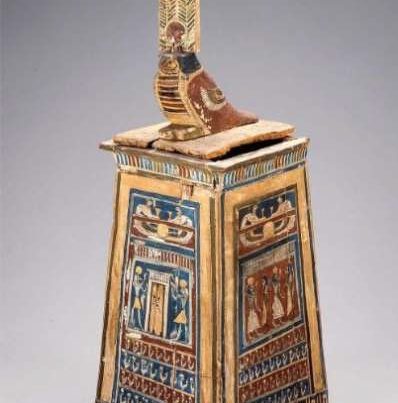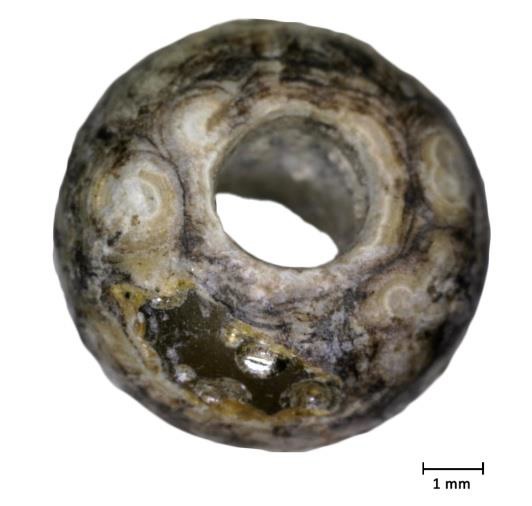by William C. Mahaney
ABSTRACT
Following a long and protracted survey of all approaches to targeted approach routes, cols of passage and exfiltration pathways projected to have been followed by Hannibal and his generals when they crossed into Italy in 218 BC, the physical evidence points to the Col de la Traversette, first identified by Sir Gavin de Beer in the 1960‘s. The first attempts to identify the route out of a dozen possible transits, focused not only on his-torical interpretations using the evolution of place names in Polybius and Livy by Sir Gavin de Beer, but on physical evidence possibly resident in hearths, alluvial terraces and rock rubble masses along the various approach routes. The rockfall blocking Hannibal‘s Army, looming large in Livy‘s rendition of the invasion, and less so in Polybius‘s Histories, still presented a blockade to passage of horses and elephants, an impedi-ment to a fast exit from the mountain col to the lowlands of the Po river. Aside from the two-tier rockfall described by Polybius, and the nearby regrouping area on the lee side of the Alps, it eventually occurred to me to investigate the mires on the French and Italian sides of the Col de la Traversette. The primary argu-ment following ten years of investigating every approach route from the Col Agnel in the south to the Col Mt. Cenis in the north, was that if the only blocking rockfall was present below the Traversette col, then mires on either side in France and Italy might, with their soft to coarse sediment covers, contain a record of Hannibal‘s passage. Beyond their key positions as water sources and foraging areas, the French mire and coalescing alluvial fan sediment in the upper Po, might carry evidence as to the ecologic disturbance that could be radiocarbon dated to the Hannibal time line of 2168 cal yr BP or 218 BC. It is this long quest to un-lock the Hannibalic invasion route that opened up key areas for historical archaeological exploration. This forensic cross/discipline exercise might serve to highlight a valuable method useful in solving other elusive ancient historical archaeological problems.
![]()



